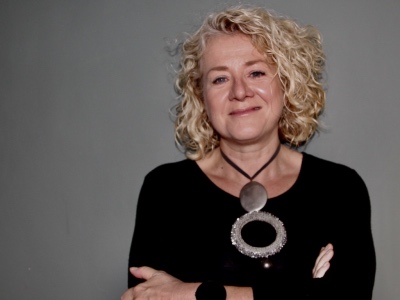
But then two minds are better than one. And of course great minds think alike, so you could just ask some friendly colleagues what they think!
There’s something inherently problematic about the throw away language and idioms we hear every day. The opening paragraph contains three seemingly innocent, common phrases alone. But how could harmless sayings like “great minds think alike” be impacting workplace progress? Because an overwhelming body of evidence now shows us that in fact, great minds don’t think alike at all. This was a phrase spawned from the human desire to be with people like ourselves, what sociologists refer to as ‘homophily’.
But in the modern workplace, especially where extreme complexity is an increasingly common feature, it’s those different perspectives, experiences and learnings that help us see past our own blind spots. We all have blind spots, and in a complex environment if we strive only to be with people who think like us, we have little chance of identifying them. Complex problem solving suffers as a result of homogeneity and groupthink.
Are we inadvertently enabling and encouraging divisive thinking by simply being lazy with language and labelling? If we really want to move the needle on workplace progress in a more complex world, we are going to need to find new, fitting language and acknowledge when we are applying unhelpful labels. In 2014, Procter & Gamble launched a three minute campaign video that asked people to run, throw and fight ‘like a girl’. The results were shocking – the ‘like a girl’ label was interpreted as a criticism – a parody of men and women flailing around without strength, focus or direction. Campaigns like this one reveal how quick we are to label ourselves and others to simplify our internal conflict and reduce cognitive dissonance.
This need to compartmentalise and make things easy and straightforward is dangerous. We are far too complex for such one-sided narratives and far too susceptible to a shortcut. The risk is clear – if we are labelled ‘left brain’, then we are logical. If we are logical, we are more likely to be categorised as masculine. Conversely, a right-brained person is labelled as creative, emotional – and, therefore, feminine. It reads with wonderful simplicity – and if only life were so straightforward. We could be packaged, tagged, and assigned where needed because of our obvious characteristics.
To briefly bring this into the scientific realm, the ground breaking work of psychiatrist, author and scholar Dr Ian McGilchrist is insightful. His book The Master and His Emissary explored the myth that intelligent, rational thinking happens in the left hemisphere, while the right hemisphere goes merrily off writing poetry and gazing up at the stars! McGilchrist says “In our modern world, we’ve developed something that looks awfully like the left hemisphere’s world. We’ve prioritised the virtual over the real, the technical has become more important, and bureaucracy flourishes.” He goes on to argue for a critical need to rebalance the use of left and right hemisphere thinking in society if we are to flourish amidst the complexity.
Importantly we need both hemispheres for truly understanding the world around us. In basic terms, the right sees the bigger picture and the left provides it with the detail, and our intelligence and ability to work with complexity is borne out of balancing both sides well. At work, we need to be encouraging people to access the full spectrum of their characters, which today we are starting to hear framed in statements like “bringing your whole self to work”. And when we authentically engage with different perspectives and experiences of others, we really begin to experience the value of diversity.
Fortunately, we are increasingly aware of the need to include and embrace diversity in all aspects of our lives. New research emerges daily on the benefits of gender parity in organisations and perhaps this recognition would be well-placed in how we label our own thinking. If we see our brains and bodies as a harmonious blend of both left and right, masculine and feminine, we will achieve more in our thinking, our creativity and in how we view the world.
The ancient Chinese philosophy of yin yang teaches that opposite forces may be complementary, interconnected, and interdependent. Applied to our thinking, this offers respite from the dangers of being labeled masculine or feminine, left or right-brained – one thing or another. It gives us permission to embrace all of who we are – a balance and blend of everything that’s available to us as individuals. Limitless. And that’s a label to strive for.

 Murray Brown is a purpose-led leadership consultant and future of business expert and Co-Founder of Wading Herons
Murray Brown is a purpose-led leadership consultant and future of business expert and Co-Founder of Wading Herons
Janie van Hool is a communication coach, award winning business author of The Listening Shift and director of Voice Presence.
